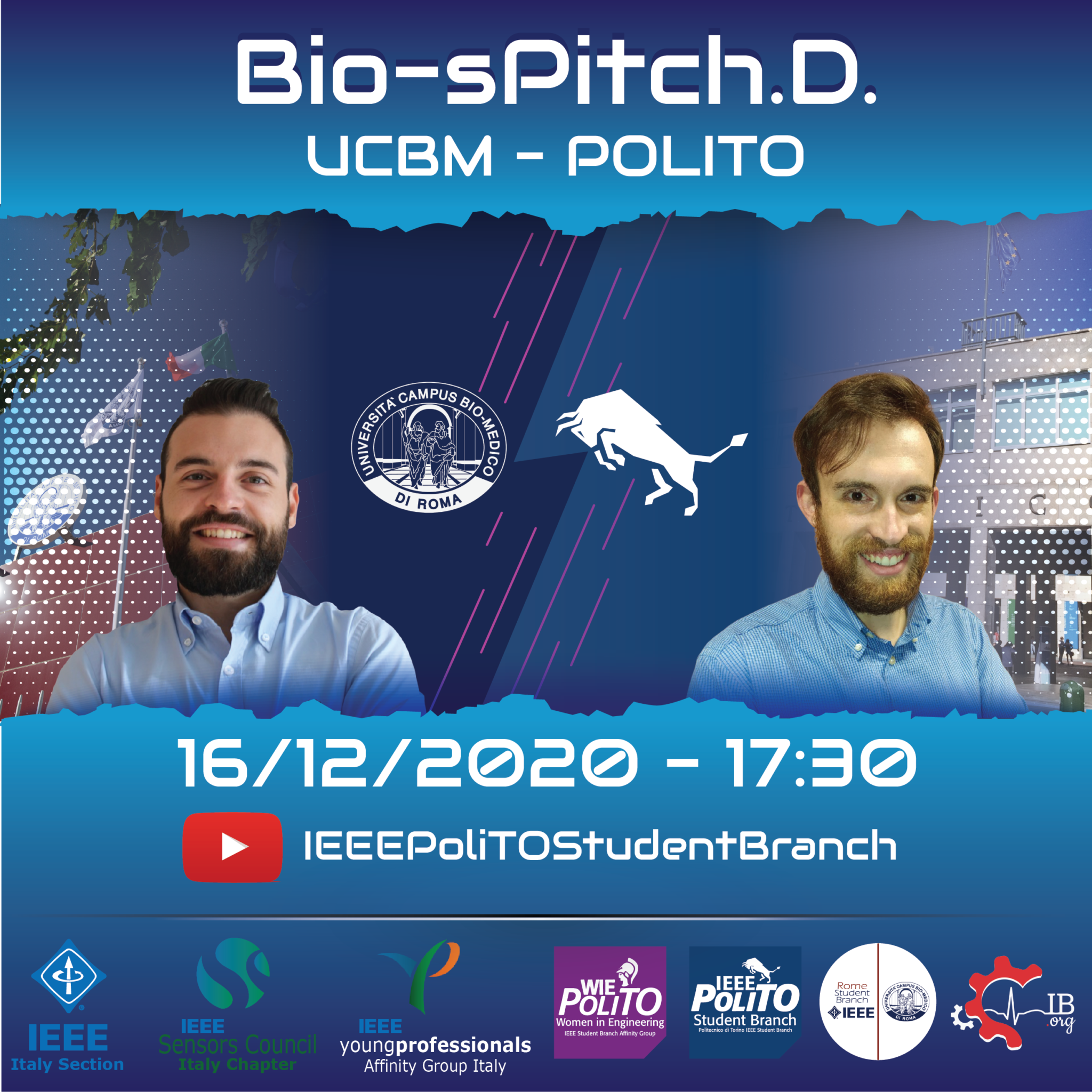
Eng. Joshua Di Tocco (UCBM)
Smart textiles for respiratory rate and joint monitoring
Wearable systems are gaining large interest in applications related to the monitoring of physiological parameters. Among these, Heart Rate (HR), Respiratory Rate (RR) and physical activity (AT) are the most used. Wearable systems for monitoring physiological parameters find their use in sports and in clinical purposes. In the former, these systems help to improve the athlete’s performance and to prevent injuries, in the latter, they help to provide a quantitative measure of the patient’s improvements with the provided tratments. Among all techologies, the present talk will be focusing on strain sensors, in particular, piezoresistive sensors used to instrument wearable systems for respiratory rate and joint monitoring. The entire process, from manufacturing to their integration into wearable systems, will be described. Also, some preliminary tests will be presented to show the performances of these systems in different scearios.
Mr. Andrea Mongardi (PoliTo)
A bio-inspired embedded system for sEMG-based gesture recognition
Nowadays the tech market is becoming day by day more competitive. Continuous technology improvements regarding power consumption and product area have led embedded systems to a new era. In the biomedical field, this phenomenon brought a vertiginous increase of wearable devices production and research, focusing on the development of small products with long battery life. In this scenario, surface ElectroMyoGraphy (sEMG) plays a main role on gesture recognition applications. In particular, in this talk I will present you an embedded system, which integrates a fully-connected Artificial Neural Network (ANN) to recognize up to six hand gestures, based on only three input features. These features are obtained thanks to an event-driven feature extraction technique, named Average Threshold Crossing (ATC), implemented to relax the computational effort of the microcontroler, as well as its power consumption